While much of the world is recovering from Christmas festivities and busy preparing for New Year’s Eve celebrations, things in Iran are a bit quieter during the holiday season, actually making it one of the best times to visit. Iranians like to say that in the winter, you can ski in the snow-capped mountains of the Alborz before hopping on a plane and going swimming in the warm waters of the Persian Gulf in under two hours, a fact that makes travel in Iran rather remarkable. With that, here are our recommendations on some of the best spots in Iran to spend your winter break.
Yazd
The unforgiving summer temperatures in Yazd make winter the ideal time to visit. A city that blossomed in the desert, Yazd is the best place to experience ancient Zoroastrianism and modern-day Islam co-existing. Among the must-see Zoroastrian sites include the Atashkadeh, or Fire Temple, whose fire has allegedly been burning since the 5th century, the solemn Towers of Silence where the bodies of deceased Zoroastrians were once left to be picked at by scavenger birds, and Chak Chak, Iran’s most important Zoroastrian pilgrimage site located about 70km outside the city. The three-storey facade of Amir Chakhmaq Complex with its numerous symmetrical iwans is a city landmark. Further away, the twin minarets of Jameh Mosque soar into the air, adding a splash of turquoise to an otherwise beige, mud brick skyline. With its 33-meter high badgir (windcatcher), Dowlat Abad Garden provides a splendid example of the UNESCO-listed Persian Gardens while Saheb A Zaman Zurkhaneh is an unforgettable experience of the ancient Persian gym and a UNESCO intangible cultural heritage. You can discover Iran in 9 days with 1stQuest.
If you have some time to spare, head outside the city to Meybod, the 1800-year-old mud brick town known for its ceramics, and the crumbling ghost town of Kharanaq. They’re well worth a visit!
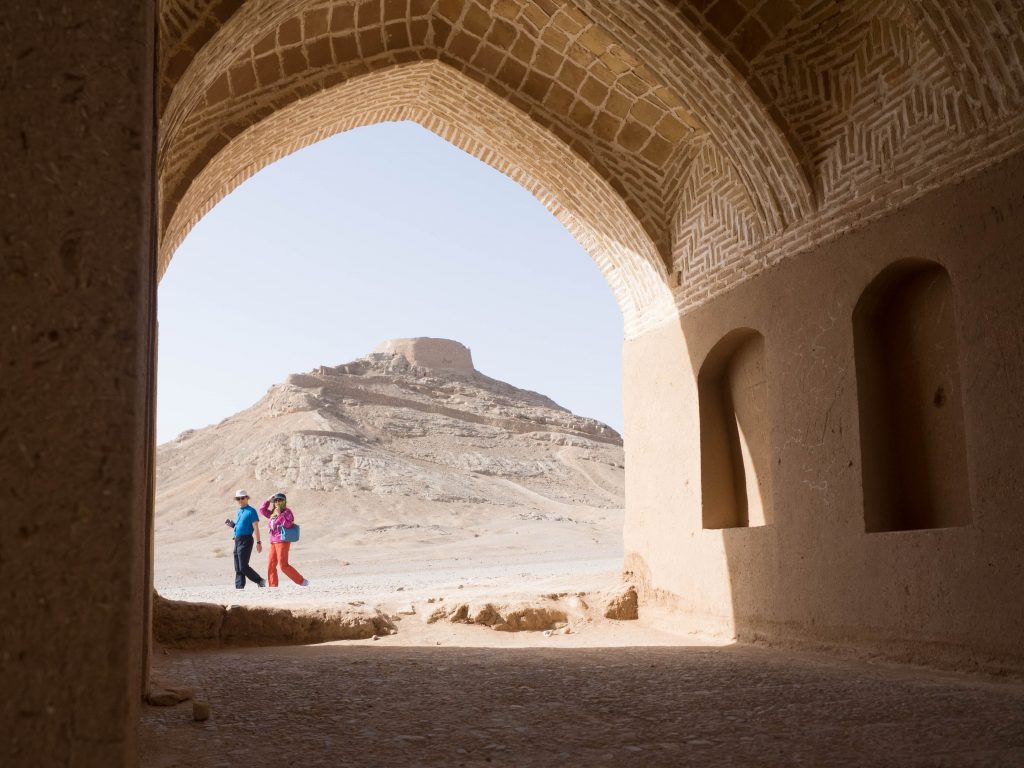
A view of the Towers of Silence in Yazd | Photo by Pete Ofathousandflights on Unsplash
Kerman
Kerman is located adjacent to the Lut Desert in central Iran, a UNESCO-listed natural site. This desert has set the record as the hottest place on earth for seven consecutive years, with temperatures reaching a sizzling 70.7°C (159.3°F). Even so, it offers an unmatched tranquility among the yardangs (sand ridges) which continuously change shape. After a trek into the vast, barren desert land, your eyes will welcome the lush Shazdeh Garden in Mahan, a walled Eden of towering trees and cascading fountains. Arg-e Bam, mostly reconstructed since the devastating 2003 earthquake, or the more well-preserved citadel Arg-e Rayen are impressive medieval mud brick cities not to be missed. Back in the city limits of Kerman, stroll through the Ganjali Khan Complex where you can peek in on the famous bathhouse, coin museum, and Vakil teahouse before getting lost in the winding bazaar full of spices, copper, and pateh, the city’s traditional handmade cloth.
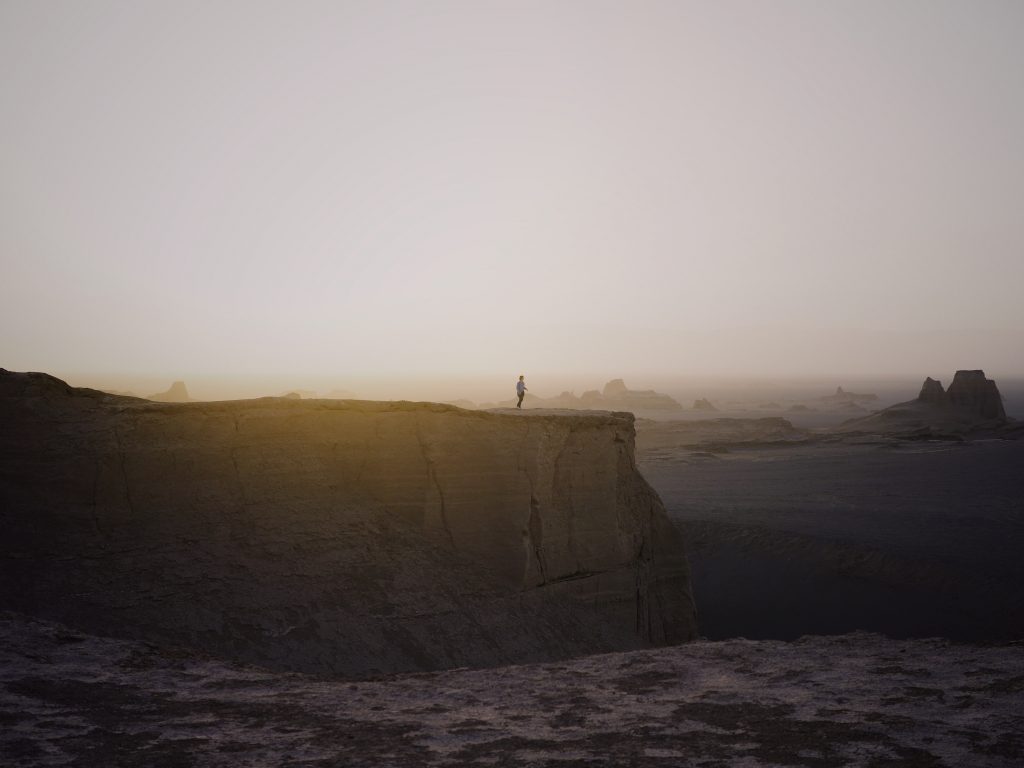
The dreamy Lut Desert | Photo by Tobias Messer on Unsplash
Shiraz
Blessed with a moderate climate and easy going people, Shiraz offers heavy doses of ancient history and Persian culture. Set aside one day to go back in time as you explore the remnants of the ancient Persian Empire. Pay your respects at the Tomb of Cyrus in Pasargadae before visiting the monumental Persepolis, capital of the Achaemenid Empire. Upon entering the Gate of All Nations, tap into your imagination to go back to a time when delegations from foreign countries brought gifts to the king, as depicted on the reliefs. Continue the journey into the past at Naqsh-e Rostam, a necropolis of four massive tombs carved into the cliffside.
Spend your next day in Shiraz steeped in culture. Watch the morning sun shine its rays into the walk-in kaleidoscope that is Nasir ol-Molk Mosque. This breathtaking masterpiece is replete with stained-glass windows, colorful Persian rugs, and stunning tiles. Eram Garden and Arg-e Karim Khan offer spectacular Persian architecture amid tranquil Persian gardens. In the evening, spend some time with two of Iran’s most beloved poets, Hafez and Sa’adi. Unlike peak seasons when you’ll be joined by throngs of local and foreign tourists, during the winter, you can bask in the peaceful atmosphere and contemplate a fal-e Hafez, or Hafez divination, to see what the great poet has in store for you.
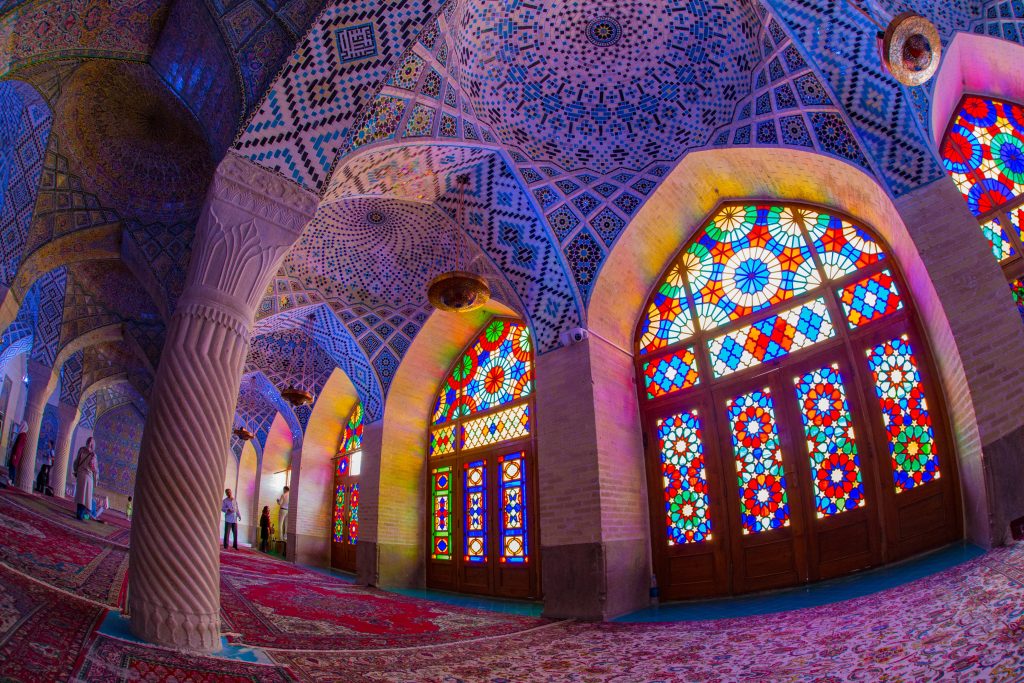
The colorful Nasir ol Molk Mosque | Photo by Steven Su on Unsplash
Qeshm and Hormuz Islands
There’s arguably no better place to visit in Iran in the winter than the islands, particularly Qeshm and Hormuz. The pint-sized Hormuz is a wonderland, chock-full of dreamy, psychedelic landscapes and funky rock formations in hues of red, orange, and yellow. From here, you can hop onto a lenj (small, wooden boat) to explore the pristine, dolphin-shaped Qeshm. From the high and low tides of Naz Island, dolphins of Hengam Island, seemingly never-ending salt cave, sludgy mangrove forest, and other-worldly sandstone Stars Valley and Chahkooh Pass, Qeshm truly earns its nickname, “the island of seven wonders.” Soak up some island culture in the villages of Laft, where badgir dot the skyline, and Guran, where lenj are still crafted by hand.
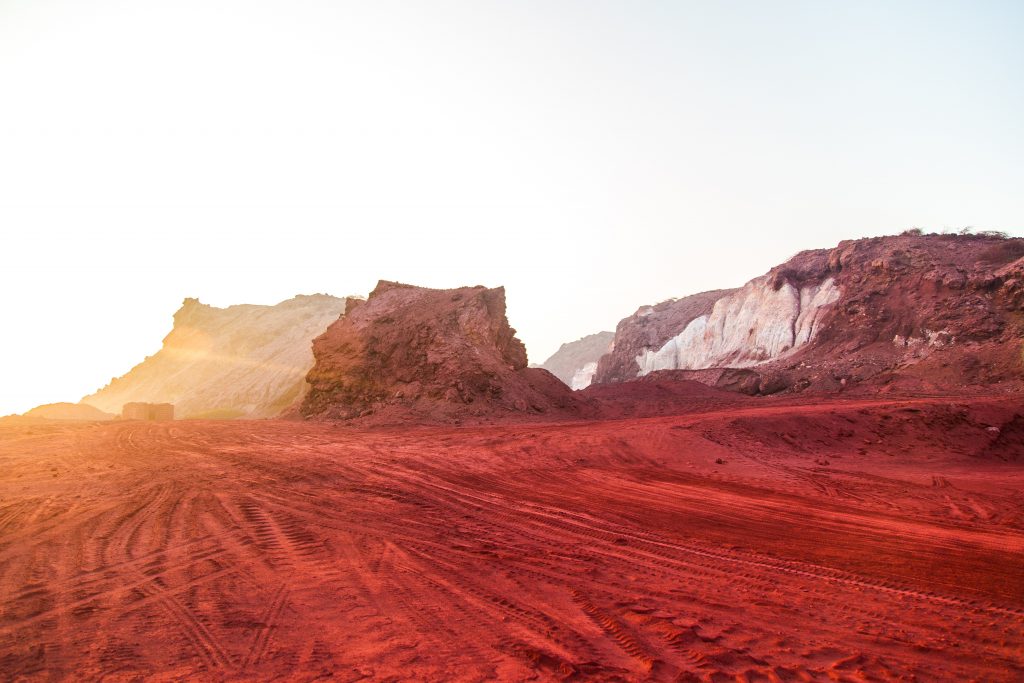
The psychedelic landscape of Hormuz Island | Photo by Hiva Sharifi on Unsplash
Esfahan
Esfahan is one of the two main cities (alongside Shiraz) that draws in the bulk of visitors to Iran, and it’s with good reason. This crown jewel boasts some of the country’s most exquisite mosques, including Imam Mosque and Sheikh Lotfollah Mosque, that are gems of Islamic architecture. A walk through the bazaar in the grand Naqsh-e Jahan Square is akin to walking through a living museum as you witness craftsmen diligently at work on Esfahan’s finest souvenir handicrafts. Elsewhere, the city’s 11 bridges crossing over the Zayandeh River recreate the 1,001 nights, especially if you’re lucky enough to have a flowing river. After visits to Vank Cathedral and the gardens of Chehel Sotun, you might not think the phrase “Esfahan is half the world” is an exaggeration after all!
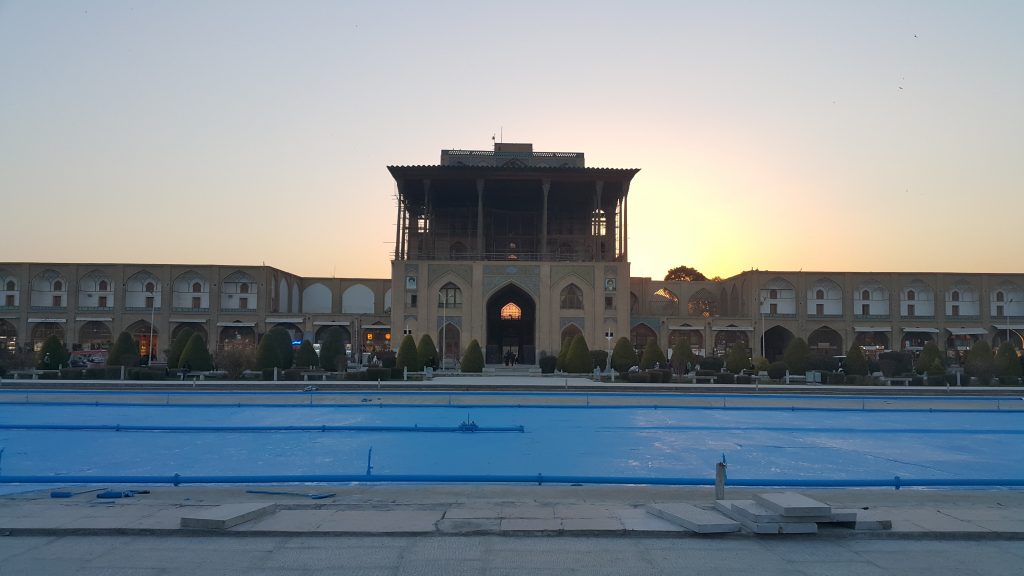
Ali Qapu in Naqsh-e Jahan Square | Photo by Bakhtiari on Unsplash
Tabas
This remote town lies in the eastern part of the country in the South Khorasan province. Though a lesser-visited destination, it’s worth the trek out to these parts for the unique natural sites. Golshan Garden is one of the most remarkable and seemingly inconceivable given its location between two salt deserts. The ancient qanat system waters the date palms, cypresses, and citrus and pomegranate trees that grow abundantly here. This desert oasis is also where you’ll find pelicans, who have taken residence. Kal-e Jeni is another magnificent wonder around Tabas. This eerie canyon has been shaped by centuries of water flow and erosion, although many believe the shapes are too mysterious to have been created by mother nature, hence the name. A number of historical, desert villages dotted with palm trees, like Esfahak and Nay Band, are also sure to delight.
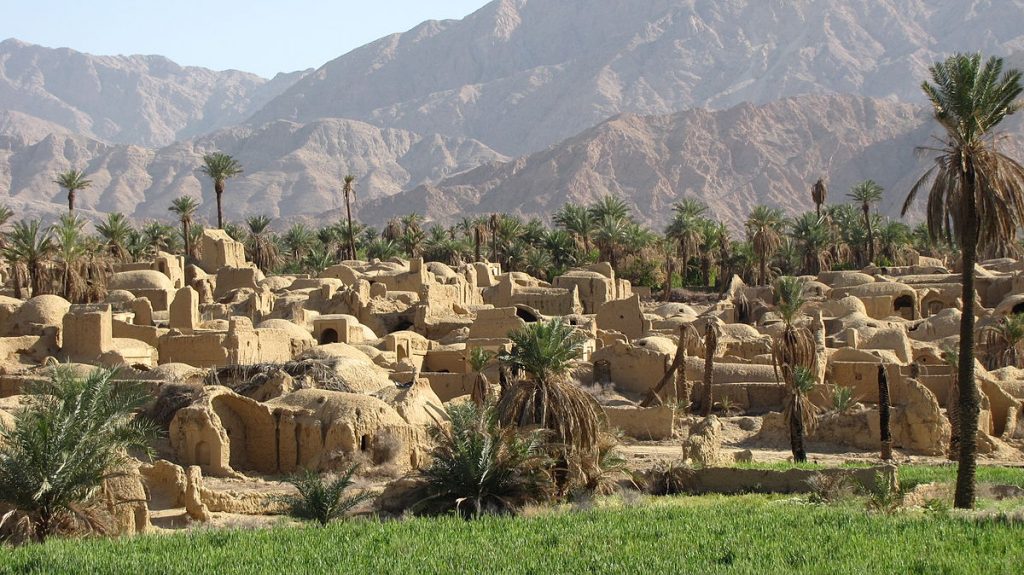
The village of Esfahak near Tabas | © مهدی مخلصیان / Wikicommons
Chabahar
Nature enthusiasts who want to get off the beaten path should head to Chabahar in Sistan and Baluchistan province. Located in the southeastern corner, this area provides a different side of Iran, one that includes a mix of Indian, Pakistani, and Baluch cultures. The geological phenomenon known as the Martian Mountains are among the must-see sites. The result of millions of years of rainfall and strong winds, the gray, jagged rocks formations present a one-of-a-kind landscape. Drive along the coast to reach Beris, a village that offers sweeping views of the Gulf of Oman from its steep, carved rock cliffs. Further down the coast, Pasabandar is a quaint, picturesque town where you won’t mind spending some time gazing out at the lenj anchored at sea and watching local fisherman haul in their daily catch.
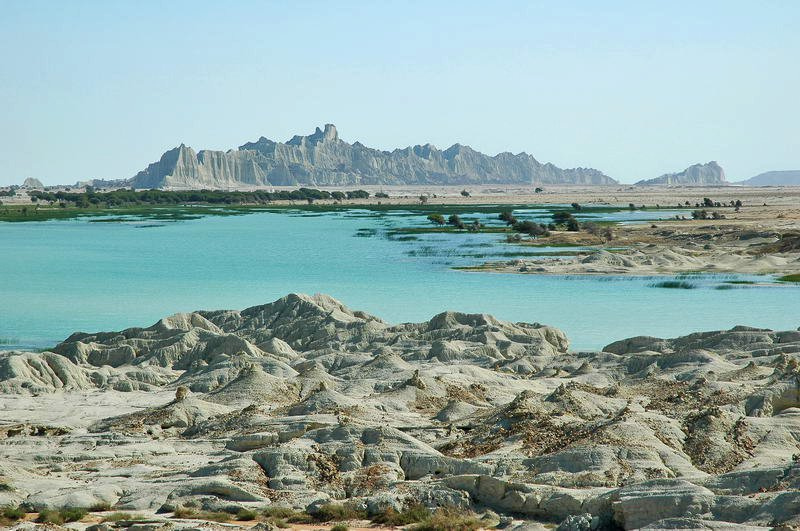
Martian Mountains | © Beluchistan / Wikicommons
Tehran
All of the destinations we’ve mentioned have been in areas with a warmer climate, but we can’t disregard the fact that it is winter, after all. For ski or snowboarding buffs, you’ll want to check out the resorts on the outskirts of Tehran. Though perhaps smaller than their Alpine counterparts, you’ll find excellent snow conditions and the added bonus of smaller crowds, making the search for fresh powder less of a challenge. Take your pick from some of the best resorts including Shemshak, Tochal, Dizin, Darbandsar, or Abali. While you’re in town, don’t miss out on Tehran’s plentiful museums and the chance to learn about the more modern side of Iran.
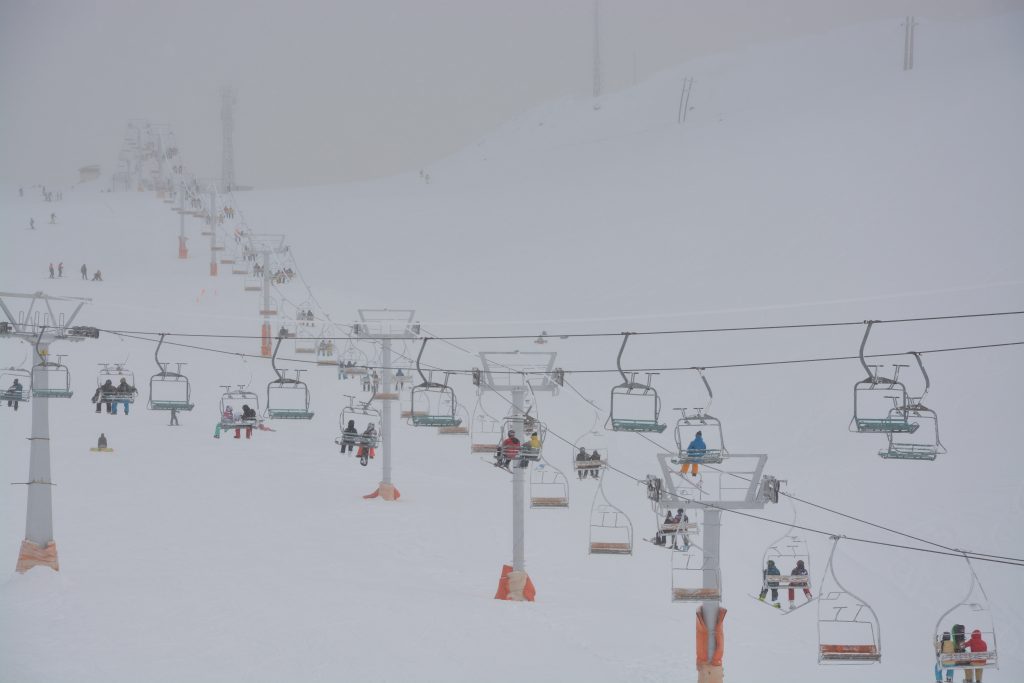
Ski lift in Tochal | Photo by Hosein Amiri on Unsplash
